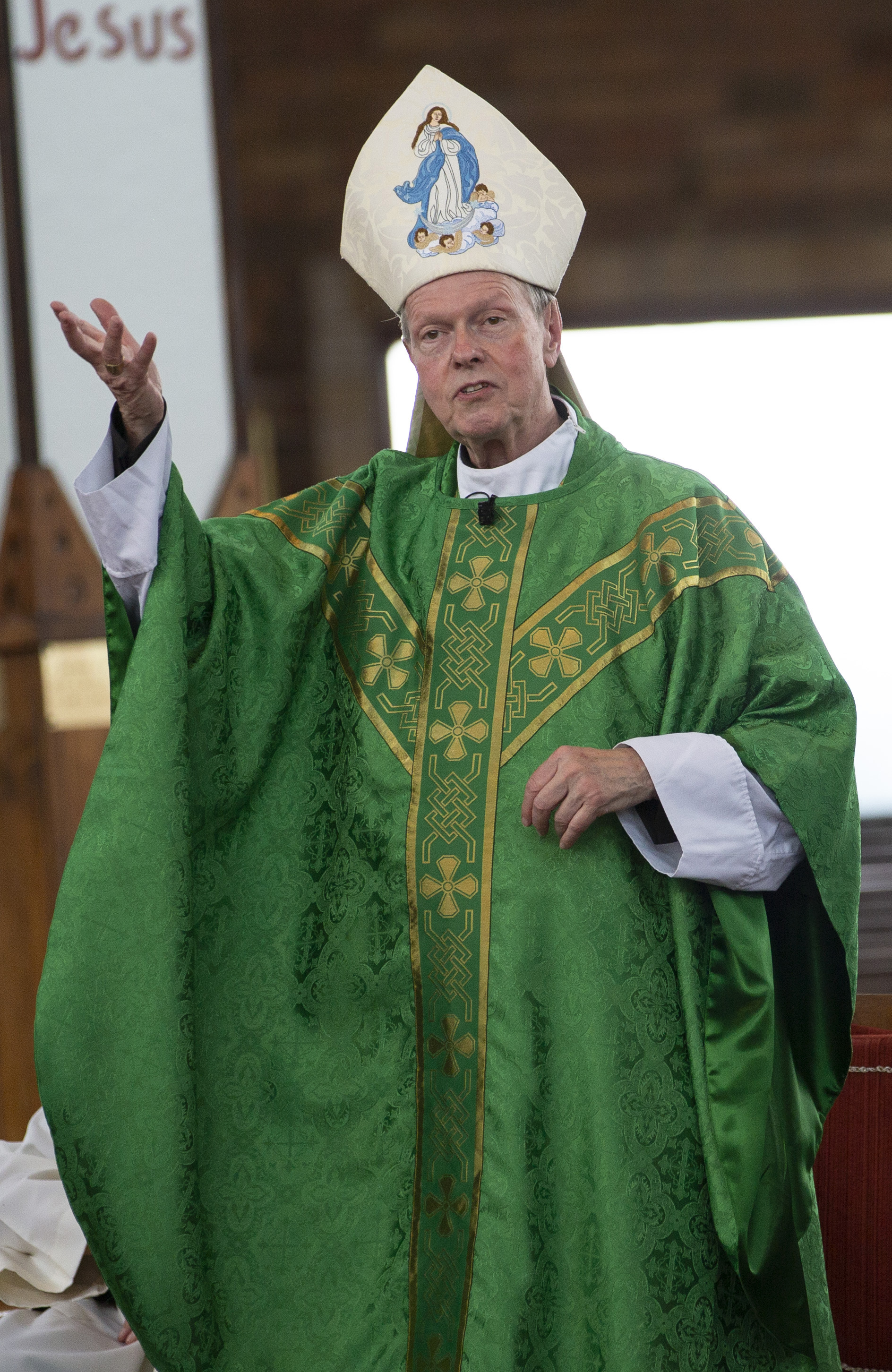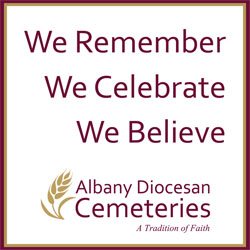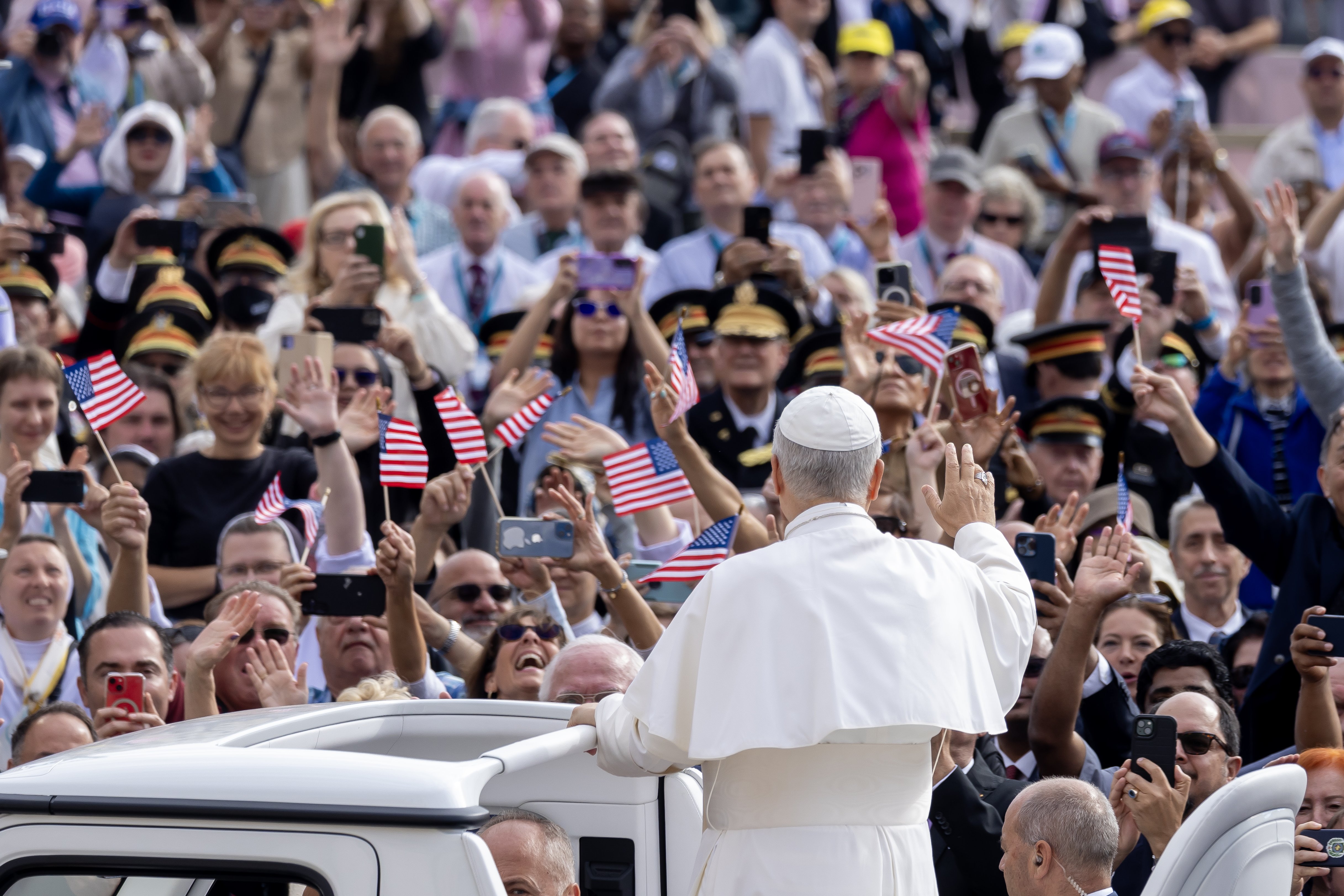April 6, 2018 at 1:53 p.m.
Historic church sold; preservation assured
The sale was approved by the St. Joseph's Church Adaptive Reuse Committee, a 20-member group headed by Rev. Thomas Phelan, who is chairman of the diocesan Architecture and Building Commission.
The committee, formed by the Diocese in 1996 for the purpose of studying the resale and reuse of the church, includes state, city and county officials; members of the New York State Parks, Recreation and Historic Preservation; the Ten Broeck Triangle League; the Historic Albany Foundation; and The Preservation League of New York State, as well as business leaders and local residents.
The contract of sale provides that the structure may not be used for any purposes inconsistent with the mission of the Church.
Preserved
According to Noel Olsen, director of the diocesan Office of Real Property, the building has both architectural and historic significance, and the Diocese did not want to demolish the vacant structure."This building is a significant church in the city of Albany and our purpose has always been to save it, if possible," he said.
According to Mr. Olsen, the Diocese did a cost study several years ago; at that time, it was estimated that it would take approximately $450,000 to $500,000 just to stabilize the structure.
Although demolition of the building was considered, the Diocese wanted to save the building, due to its historical significance, majestic beauty and integral place in the Ten Broeck neighborhood.
Seeking solutions
The goal of the Reuse Committee was to find an alternative use for the building and, at the same time, save it from being torn down.The structure needs extensive repairs, particularly to its roof and outside walls. Some of the windows are broken, and there is structural damage.
The committee decided to develop a marketing brochure and then made overtures to developers and architects throughout the U. S. in an attempt to generate interest in the structure for possible alternative use.
New owners
Elda Abate and her husband Mario, who have been in the restaurant business for over 20 years, were searching the Capital District for a unique building where they could sponsor various celebrations, such as weddings, fashion shows and live entertainment.Their interest in the church was initiated when they first visited the Ten Broeck neighborhood. Several months ago, they spoke with Mr. Olsen about purchasing St. Joseph's. When the Abates saw the inside, they were convinced that the size and majesty of the church were perfect for what they have in mind.
"When I saw the art detail of the ceiling in that building," Mrs. Abate told The Evangelist, "I knew that was the place for us. The artwork is the most beautiful I have ever seen."
Pluses
Their decision to purchase the building was influenced by the fact that it is visible from many parts of the Capital District and easily accessible from both the downtown area and Route 787.The Abates' plans include a completely renovated building where people can enjoy fine dining, the arts and other family celebrations.
"We want to add a touch of New York City to Albany, draw people together so they can enjoy themselves," she explained.
The Abate family currently owns and operates Elda's Restaurant & Pizza, the Eldorado Tavern, both in Troy; and Elda's Restaurant in Albany.
They hope to have the church building renovated and open to the public by next Easter. They also plan to apply for historic preservation grants to help with the cost of the extensive renovations.
Historic site
Built in 1860, the church was the center of a thriving Catholic parish for more than 120 years. One of the key churches in Albany, St. Joseph's was designed by architect Patrick J. Keely as a copy of 13th-14th century Gothic Benedictine architecture.Over the years, the structure has evoked much admiration for its beauty. Mr. Keely, who also designed the Cathedral of the Immaculate Conception, considered St. Joseph's to be his design masterpiece.
Because the parish fostered many Church leaders over the years, right up to the 1950s and '60s, it has always been considered one of the pivotal parishes in Albany. Two of its pastors became bishops of Albany: Rev. John Conroy, ordained in 1842, was named the second bishop of the Diocese; and Rev. Thomas Burke, ordained in 1864, succeeded him in 1894.
The parish operated a grammar and high school, located on Third Street, just a few blocks away from the church, which was staffed by the Daughters of Charity and Sisters of Mercy. The school closed its doors in the 1970s.
Closing
The parish closed in 1994 due to a decline in the number of parishioners. Religious services were transferred to Sacred Heart Church in north Albany, but social services for the community continued in Arbor Hill under the auspices of Catholic Charities.Sacred devotional objects from the church -- such as the tabernacle, the elaborately carved oak pulpit and imported Italian marble altar -- have all been removed from the building for reuse by other parishes in the Diocese.
The hand-carved angels remain as part of the structure, still hovering near the ceiling around both the altar area and the choir loft.
(08-24-00) [[In-content Ad]]
- More than 230 pilgrimages across the US mark 10 years of ‘Laudato Si”
- Spanish government wants to create blacklists of doctors who refuse to perform abortions
- Pope meets pilgrimage of Chicago labor union leaders
- Consecrated life shows beauty of authentic love, trust in God, pope says
- Begun by Pope Francis, ‘Dilexi Te’ is 100% Pope Leo’s, cardinal says
- Pope Leo praises Catholic Charities USA for its work, especially in assisting the displaced
- Kentucky youth survey shows high rates of faith engagement
- Communications must always defend, guarantee, share the truth, pope says
- Holy Land patriarch welcomes announcement of initial peace deal ‘with joy’ as ‘first step’
- Church must ‘walk poor with the poor’ to serve Christ, says Pope Leo in new exhortation







Comments:
You must login to comment.